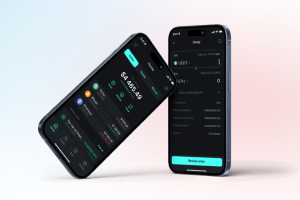Data analytics plays a huge role in keeping banking secure. By scanning through thousands of transactions it helps spot anything unusual, like odd patterns or suspicious activity, and flags it fast. That way, banks can catch and handle potential threats as they happen.
Your message has been sent.
We’ll process your request and contact you back as soon as possible.

















